Today, Colorado is generally thought of as a hip, progressive state that’s easy to live in. But in the not-so-distant past, that wasn’t always the case. Colorado’s modern identity has been shaped by everything from savvy politicians to intrepid engineering projects to beloved musical performances.
We can look to specific important moments in the state’s history that not only shaped what life looks like in Colorado today but the rest of the world as well in some cases. These are fourteen moments in history that influenced modern life in Colorado. We’ve also curated a list of famous historical Colorado events that are a bit more bizarre than you’ll find below.
Here are some recent important Colorado history events, in no particular order:
May 8, 1987 – Colorado Senator Gary Hart announces the end of his presidential campaign
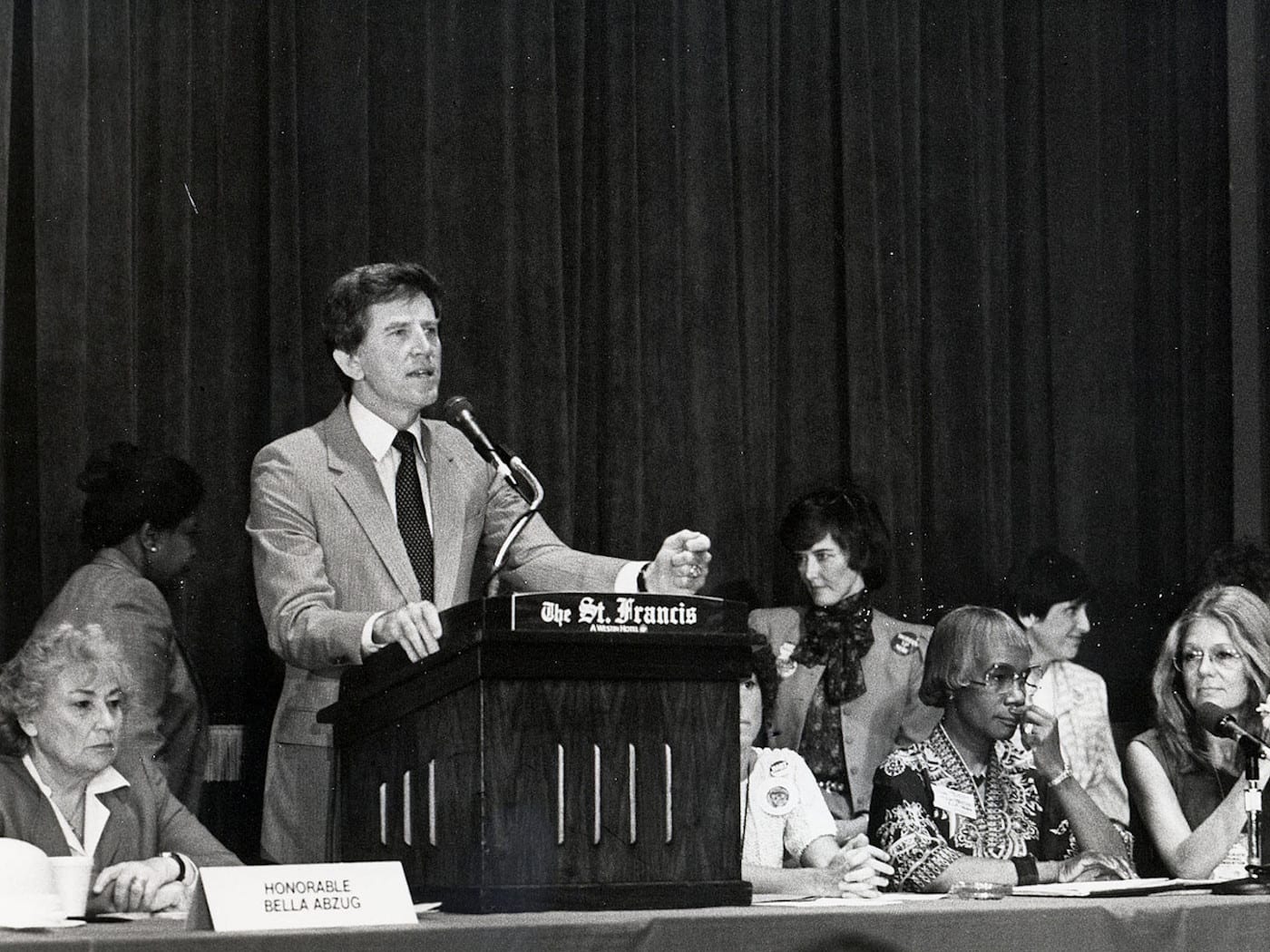
The world has grown accustomed to the inner lives of politicians being publicly and constantly examined under a microscope, but many point to a specific seismic moment in history that led to the manic paparazzi-fueled political climate we live in today. In the winter and early spring of 1987, Colorado Senator Gary Hart was the clear Democratic frontrunner for his party’s presidential nomination, and many believed he was popular enough to easily become the next US president. But less than a month after formally declaring his candidacy, Hart suspended his campaign.
After allegedly being followed by a private investigator, rumors began circulating in the media that Hart was engaging in an extramarital affair. A reporter from the Washington Post asked Hart to respond to the allegations of the affair and that he was a “womanizer,” which he vehemently denied. An anonymous informant contacted the Miami Herald claiming they had specific knowledge of Hart’s affair and an upcoming meeting scheduled with the other person involved at his Washington DC residence.
Teams of reporters staked out the residence multiple nights and found Hart with a young woman. Both Hart and the woman denied the affair, but news of the alleged scandal was national headline news due to the Miami Herald‘s unrelenting reporting tactics. When the Washington Post threatened to run a story about a different woman Hart dated while he was separated from his wife, he suspended his presidential campaign, thus proving that the media had discovered the power to influence politics in a new and profound way through intrusion, surveillance, and persistence.
March 8, 1973 – The Eisenhower Memorial Tunnel opens
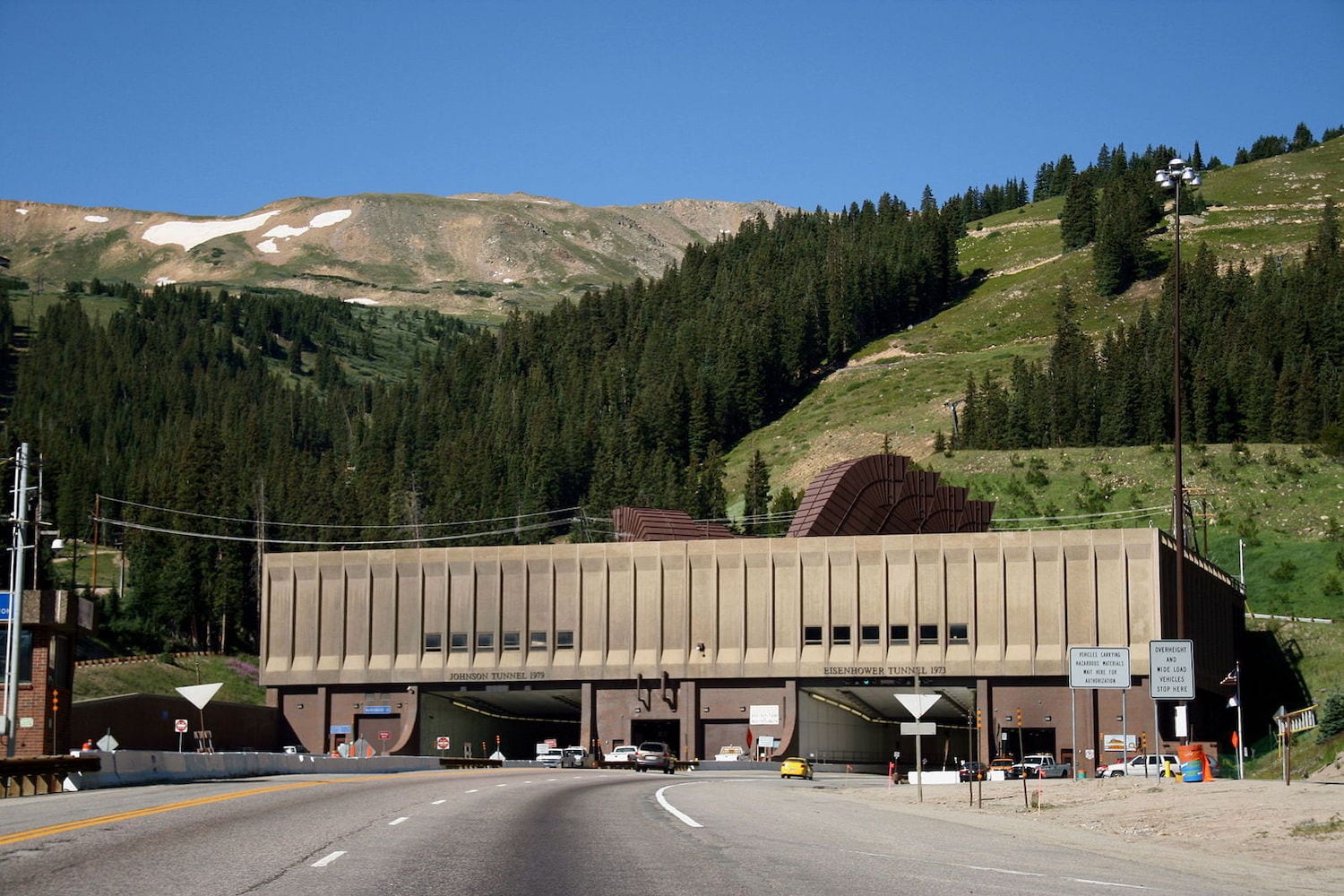
If you’re an avid skier or find yourself in the mountains often to camp or hike, driving through the Eisenhower Memorial Tunnel probably seems somewhat forgettable. But have you ever considered what a marvel of modern engineering a feat like blasting a giant 1.693-mile hole through a mountain is?
The Eisenhower Memorial Tunnel is not only one of the highest vehicle-designated tunnels in the world, but it’s also the longest tunnel and highest point in America’s International Highway System. The tunnel lets Coloradans and visitors traverse the Continental Divide with ease and is crucial for connecting the western and eastern regions of the state.
Colorado lawmakers first brought up the idea of the tunnel in the 1950s, but the long, complex work of burrowing through the mountainside near Loveland Pass didn’t begin until 1964. A series of dramatic setbacks posed serious challenges to construction, and a total of seven workers were killed boring through the tunnels.
A major unforeseen complication that ended up forcing the tunnel to open years behind schedule and far over budget was the fact that the boring machines used couldn’t operate as fast as predicted at such high elevations. Today, thousands of cars pass through both the westbound and eastbound Eisenhower Memorial Tunnel, but few realize the dramatic sacrifices and challenges that went into creating it.
November 6, 2018 – Jared Polis is elected America’s first openly gay governor
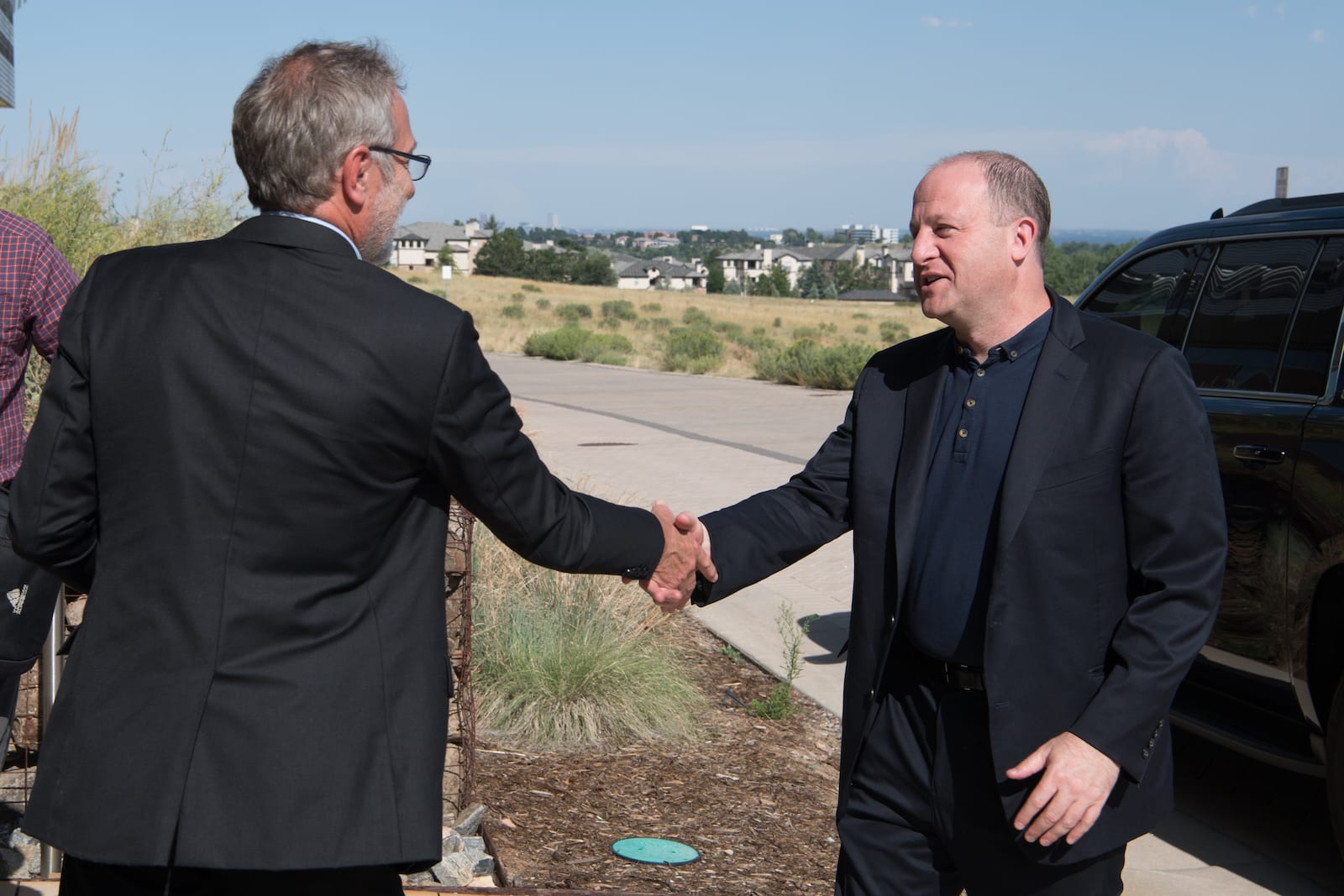
Like the rest of America, Colorado’s views on gay rights have dramatically shifted in recent years. In November 2018, the state elected America’s first openly gay governor by a huge margin, but just 12 years before, Colorado approved legislation defining marriage as something legally recognized only between a man and a woman by an even wider margin. Same-sex marriage became nationally recognized in 2014. Jim McGreevey, the 52nd governor of New Jersey, came out as gay in 2004 after he was elected.
Polis’ successful gubernatorial candidacy and the state’s pioneering legalization of recreational marijuana reflect Colorado’s newfound identity as a bastion for progressive ideals and values. Public opinion measured in the state on the issue of gay marriage rose from a favorability rating of 45% in 2011 to 71% in 2017.
April 20th, 1999 – Twelve students and one teacher are murdered at Columbine High School in Littleton
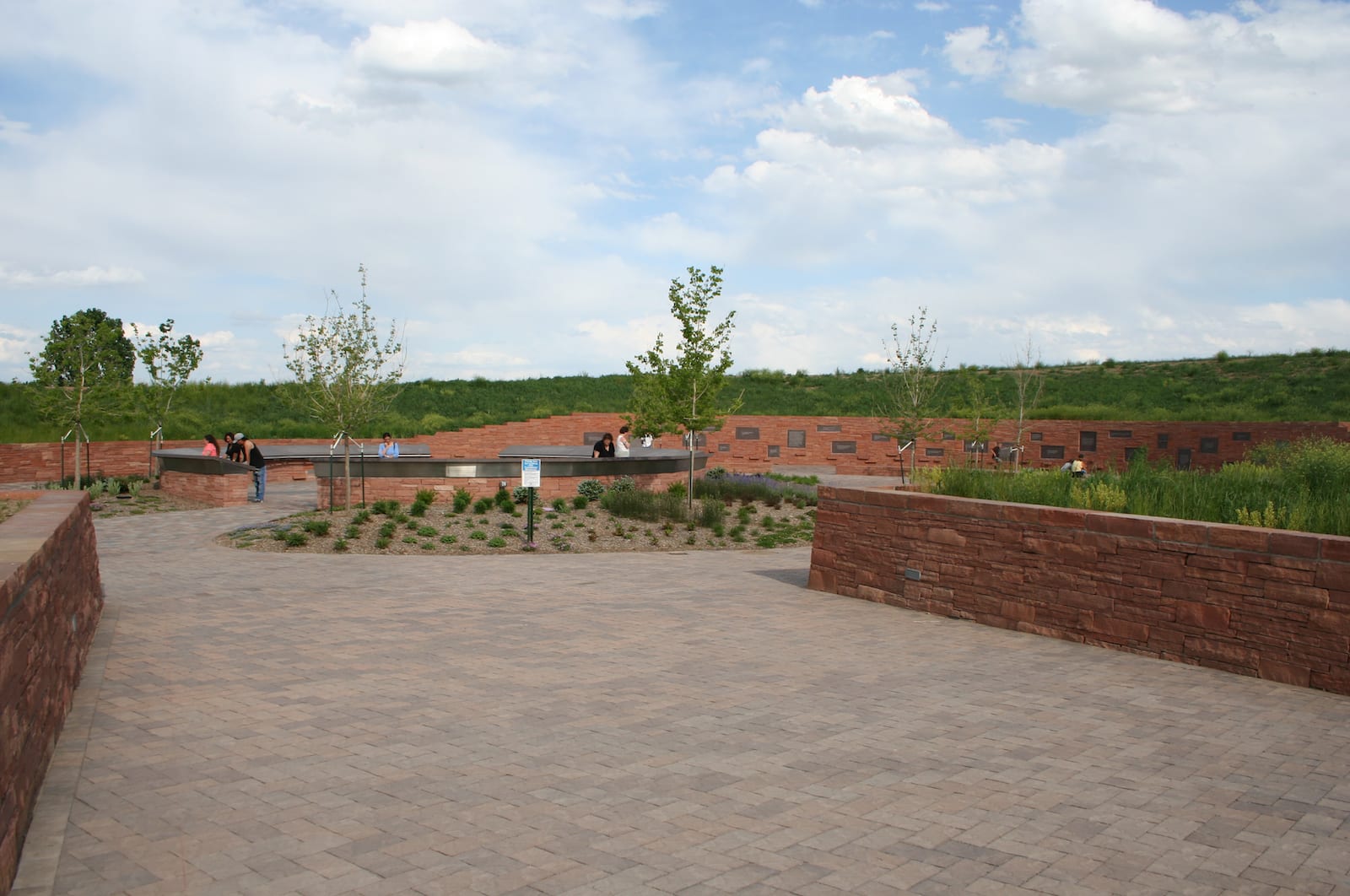
The tragic phenomenon of school shootings in America has become all too familiar over the past few decades, and we can now look at the horrific events that took place at Columbine High School as a dark harbinger of what was to come. On April 20th, 1999, Columbine seniors Eric Harris and Dylan Klebold shot and killed twelve classmates and a teacher in what was at the time the deadliest school shooting in American history.
Dozens were injured either by gunfire or from sustaining injuries trying to flee the school. The majority of the deaths took place in the school’s library, which is where Harris and Klebold took their own lives.
While the carnage was devastating enough to alter the course of American history, it could’ve been far worse. Multiple homemade bombs found at the school failed to detonate and were strong enough to kill large groups of people. On the cover of Newsweek, “Why?” was written in large print shortly after the massacre. A widely criticized FBI report concluded that the teen murderers suffered from mental illness, and others point to years of bullying, violent video games, and music as potential causes.
While we’ll never know exactly what drove two young men to inflict unbearable harm on their school, the city of Littleton, and the world, we do know that many others have tragically followed in their footsteps. Today, the word “Columbine” is a slang word for a mass shooting, and the nation has endured dozens of similar violent attacks since 1999 with no end in sight.
Nov. 6, 2012 – Colorado and Washington become the first U.S. states to legalize cannabis for recreational use
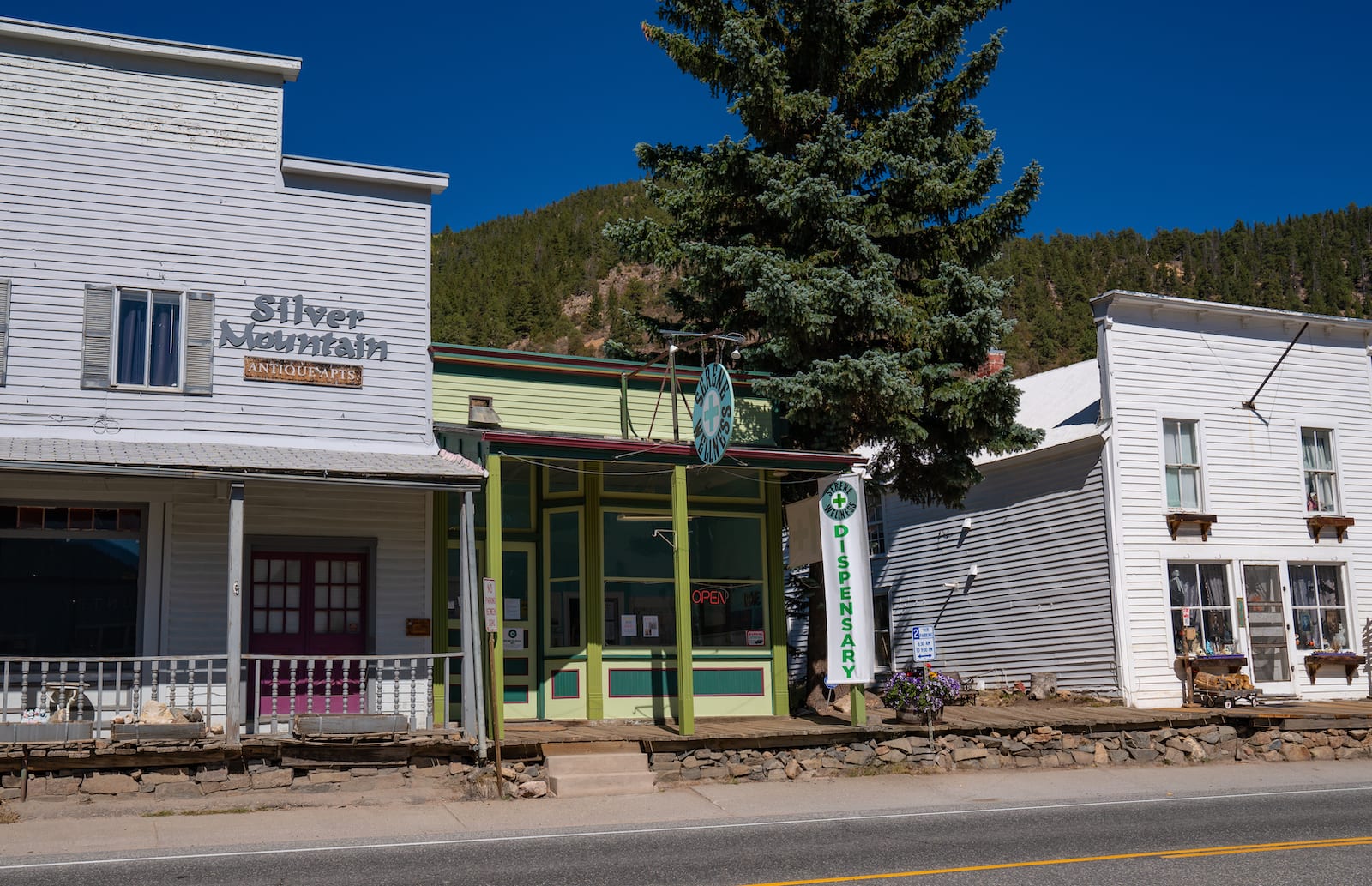
Cannabis is now an integral part of Colorado’s modern identity, but the Centennial State was one of the first in the nation to formally criminalize it in the early 20th century. Since the ’60s, public support for legalizing pot has been steadily increasing, and beginning in the late ’90s, legislation legalizing medical cannabis started getting passed in states like Oregon, Colorado, and California. While Denver residents first voted to legalize marijuana possession in 2005, Colorado voters didn’t legalize it statewide for recreational use until 2012 alongside Washington.
Today, legal pot is just another part of daily life in Colorado for residents and tourists, but not everyone is pleased with 2012 Amendment 64. Some point to increases in homelessness and car accidents as clear evidence of the negative impacts of legal cannabis in the state. Defenders argue that pot legalization has bolstered the state’s economy and that the taxes Colorado collects from marijuana licenses and sales help fund effective anti-drug programs in schools.
But while Colorado was one of the first states to make cannabis legal, recreational marijuana use is now either legal or decriminalized in states around the country. And it’s not going away anywhere anytime soon.
July 31, 1976 – The Big Thompson Flood unleashes unprecedented devastation on Colorado
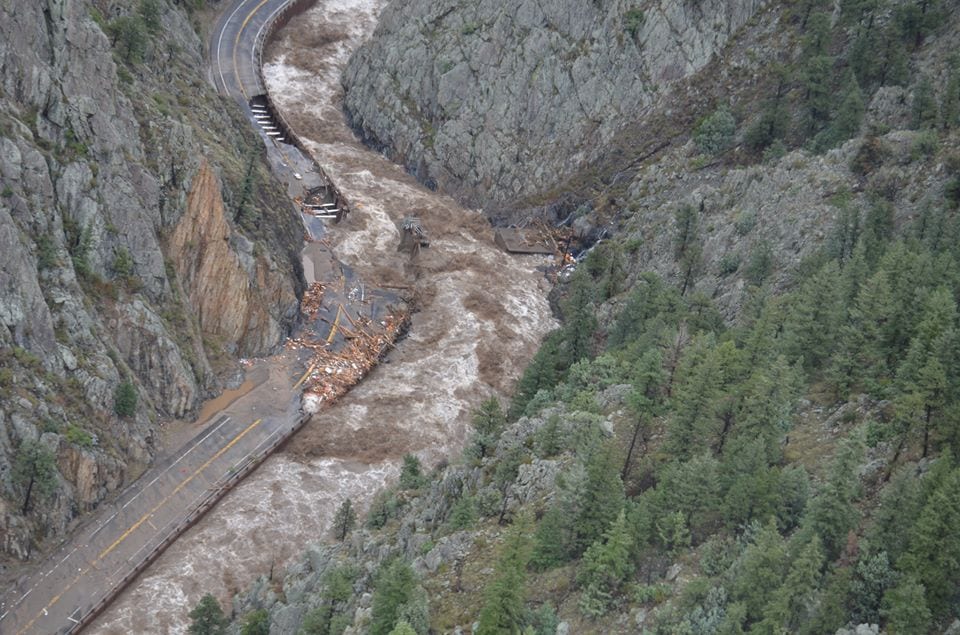
When many Coloradans think about flooding in their state, the natural disasters of September 2013 come to mind. But while that flood event was severe enough to kill eight people and upend the lives of many Colorado residents, the Big Thompson Flood of 1976 unleashed devastation on a scale that had never been seen before or sensed in the state. On July 31st, 1976, a freak weather event caused 12-14 inches of rain to fall in four hours in the mountains near the town of Estes Park.
A 20-ft wall of water tore through Big Thompson Canyon, which was hosting an estimated 4,000 residents and tourists visiting the area for Colorado’s centennial weekend. Bridges, power and telephone lines, and entire houses were instantly destroyed when the water hit, and many victims had little to no warning. Some managed to narrowly survive by climbing out of harm’s way, and scores of others became trapped in their cars, unable to escape in time. 143 lives were lost and 150 were injured.
Colorado’s 2013 floods were far more costly in terms of property damage, but only a small fraction of victims died compared to the Big Thompson Flood thanks to improved safety measures, new technology, and hard lessons learned after the 1976 tragedy. Signs urging drivers to “Climb To Safety” during floods now line Colorado’s mountain roads to prevent a repeat of the flood’s lethal devastation.
August 26, 1964 – The Beatles perform at Red Rocks Amphitheatre
Today, Colorado is swiftly becoming an internationally recognized music destination where major artists go out of their way to play. But in 1964, the state was far from the music-filled place it is today, which is one of the reasons why The Beatles‘ decision to play Red Rocks was a huge, huge deal for Colorado. 10,000 screaming fans greeted the band when they landed at Stapleton Airport, and 5,000 were waiting for them when they checked in at the Brown Palace.
With that sort of excitement, you’d expect that the 9,525-capacity Red Rocks show would’ve sold out, but oddly enough, it was the only stop on The Beatles’ first US tour that didn’t. There’s no clear reason for this, but everything from poor venue staffing to a lack of public transportation to Red Rocks has been blamed over the years.
However, the show still went down in history for being the venue’s first rock n roll performance and for setting a box office record. Thanks in part to The Beatles’ 1964 performance, today Red Rocks is known the world over for hosting iconic musicians in an unmatchable setting.
Sept. 21, 1969 – 1-25 completed in Colorado
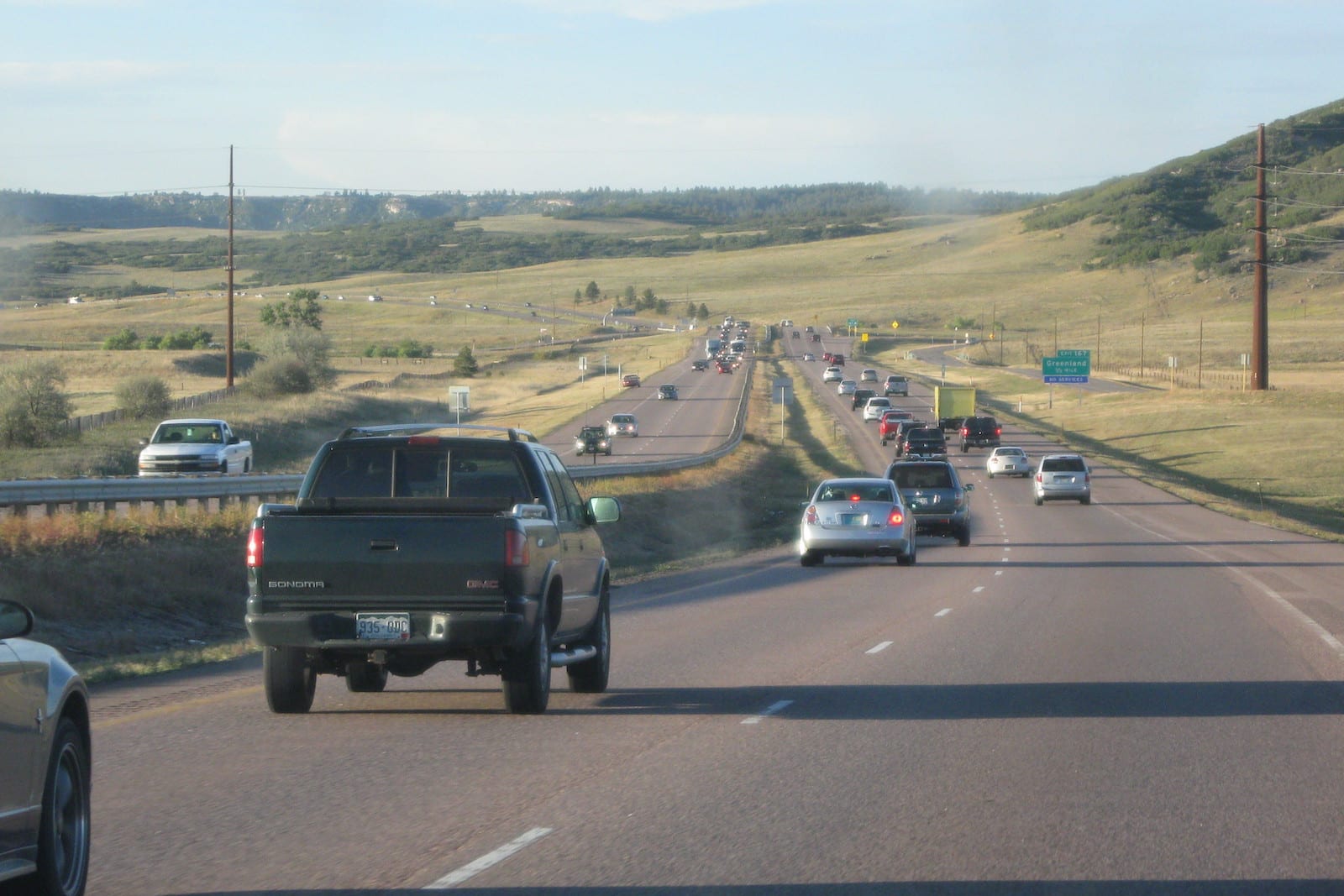
The completion of I-25 isn’t the sexiest historical moment that went down in Colorado, but it’s something that shapes modern life in the state in an indelible way. The interstate connects the southern parts of the state, from south of Trinidad to the northern border below the city of Cheyenne.
Clocking in at just under 300 miles, the interstate’s completion helped connect Colorado’s largest cities through one reliable mode of transit. It also links important military, air bases, and institutions like Buckley Air Force Base, the Cheyenne Mountain Complex headquarters of NORAD, Fort Carson, Peterson Air Force Base, and the United States Air Force Academy.
In other words, I-25 isn’t as exciting as a Red Rocks show or enthralling as a campaign-killing political scandal that changed politics forever, but modern life in Colorado wouldn’t be possible without it.
November 1972 – Denver voters resoundingly reject hosting the 1976 Winter Olympics Games
Denver is filled with people avid winter sports enthusiasts, but Colorado’s capitol voted to turn down the chance to host the 1976 Olympic Winter Games by a huge margin. Denver was the first city in history to vote against hosting the games, and though it’s happened five times since, it’s still thought of as one of the most publicly embarrassing moments in the Olympic host city competition. Cities typically view the chance to host the Olympics as a massive benefit, which is why many spend tens of millions bidding to.
After attempting to host the Winter Olympics for 20 years, Denver was finally chosen in 1970. While some in Colorado were elated by the news, opposition to the games quickly gained traction, fueled by concerns over steep tax increases and adverse environmental impacts. While the city of Denver was slated to host the games, destinations as far away as Steamboat Springs were planned to have also been involved in the events, and that didn’t go over well with Coloradans.
After two years of opposition, voters in Denver refused to authorize a $5 million bond funding the games by a nearly 60-40 margin. Denver’s politicians were greatly embarrassed, and the Olympic committee was forced to franticly look for another city to host at the last minute.
The fact that Denver was the first city to do this portrays an independent, stubborn community that refused to behave the way the world expected it to. It can also be interpreted as a harbinger of Colorado’s pioneering legalization of marijuana and the Mile High City’s recent decriminalization of hallucinogenic mushrooms.
July 2, 1983 – Federico Peña assumes office as the first Hispanic Mayor of Denver
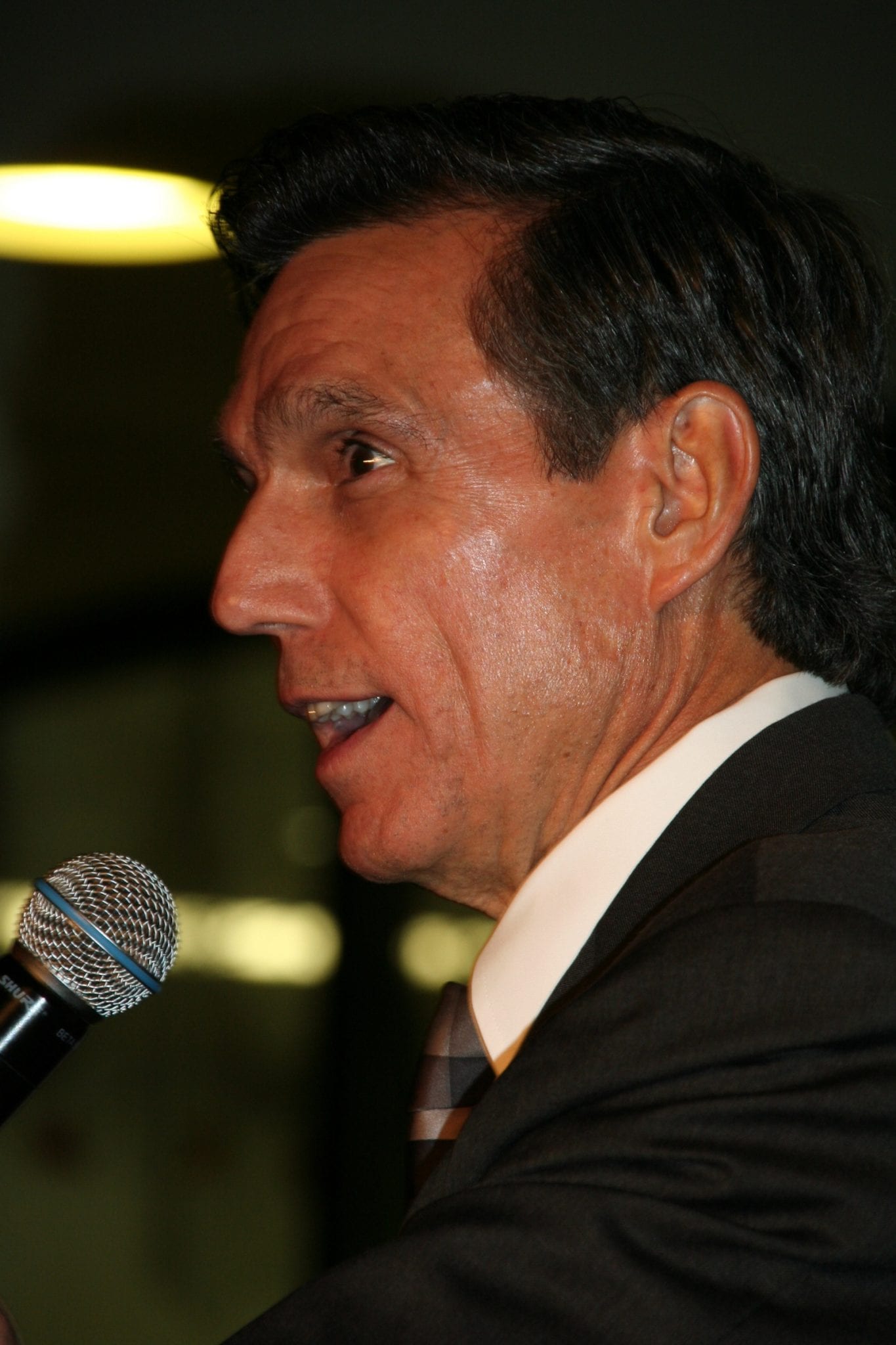
Federico Peña’s successful 1983 candidacy for mayor ushered in a new era of diversity and representation into Colorado’s politics. Born in Texas, Peña moved to Denver where he worked as an attorney before being elected to the Colorado House of Representatives. In 1983, he beat 74-year-old William H. McNichols Jr. to become Denver’s first Hispanic mayor.
McNichols Jr. served as mayor for 15 years. Peña was a beloved Colorado politician who is credited today for bringing the Colorado Rockies baseball team to Denver and for leading the effort to build Denver International Airport.
After leaving office in 1991, he was chosen to head the United States Department of Transportation before becoming the nation’s Secretary of Energy. Peña Boulevard, the freeway connecting Aurora to Denver’s airport, is named in honor of the famous Colorado politician.
June 5, 1983 – U2 films Under a Blood Red Sky at Red Rocks
In 1983, U2 was a big enough band to headline Red Rocks, but they weren’t well-known in much of the US. Under a Blood Red Sky, the iconic live concert the band filmed at the Morrison, Colorado venue, introduced U2 to an American audience and helped to solidify the band’s legacy as one of the most influential and beloved bands in history.
The concert film was also critical in reestablishing Red Rocks’ reputation for being one of the most stunning and iconic venues in the world. But for how important this concert was, the element that made it special almost kept it from happening in the first place.
On the day of the concert, heavy rain caused many involved to consider canceling the show, including legendary Colorado show promoter Barry Fey. However, U2 was heavily invested in the filming of the show, so they decided to play through the bad weather. The unintentional impact the rain had on the concert was profound and spectacular.
Marked by flourishes of color and light, the rain delivered a surreal atmosphere no band could plan for or replicate. Audiences and critics loved the video, and it quickly became a best-seller. The concert helped establish Colorado as an international destination for music.
February 28, 1995 – Denver International Airport opens
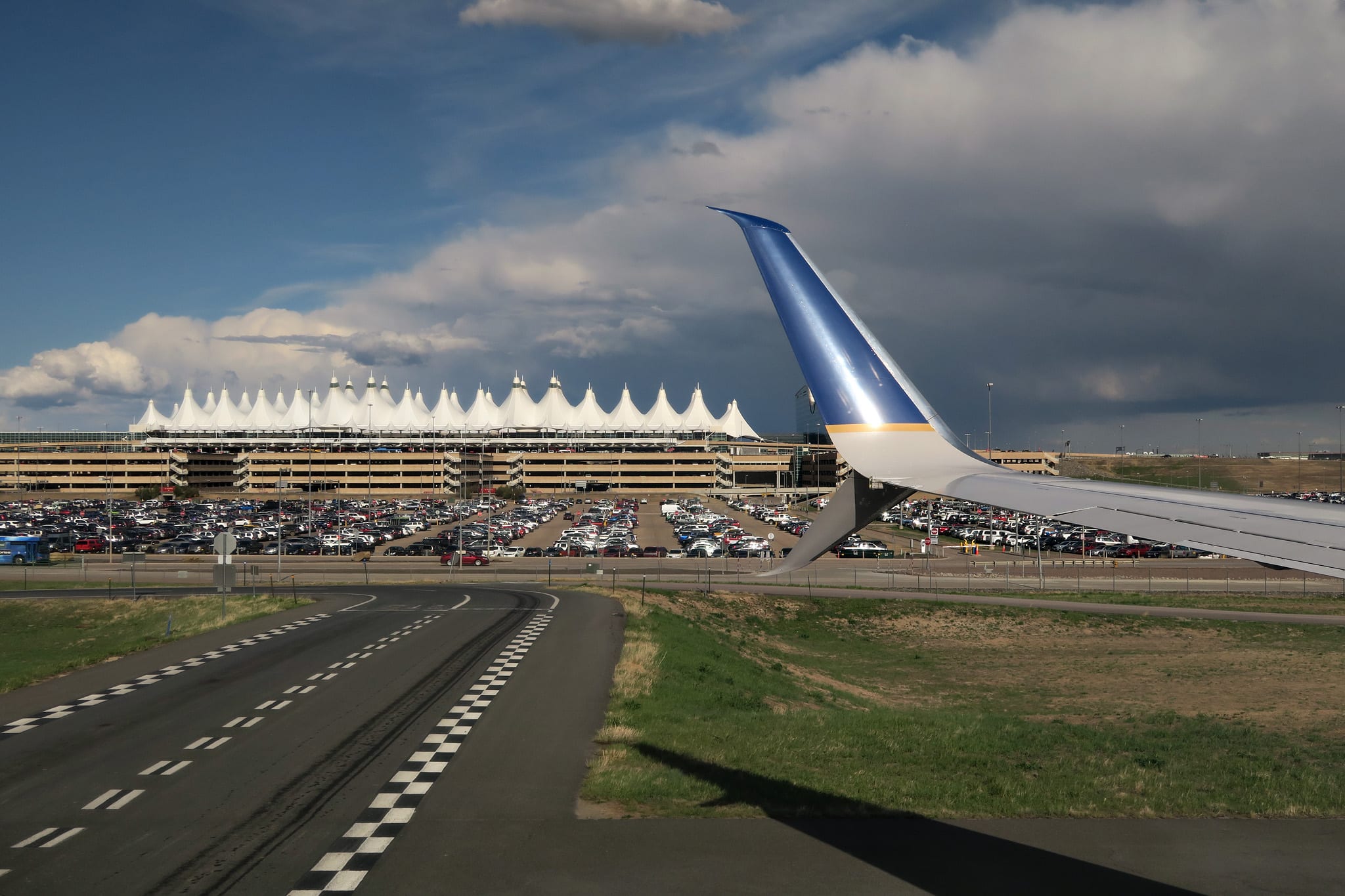
Long before DIA became the center of countless ridiculous conspiracy theories, it was the butt of jokes on light night talk shows. Considering that, by many accounts, DIA is now considered the best airport in the country, this might be a little hard to believe, but it’s true. A myriad of complications including a worker strike and last-minute changes pushed the airport’s opening back multiple times, but a public mishap with the airport’s automated baggage system is what caught the world’s attention.
In 1994, city officials invited the press to watch the first test of the system. An embarrassing spectacle followed, with articles of clothing and personal items being flung off the luggage belts. After 11 years, DIA finally ditched the automated baggage system and brought in human luggage handlers to do the job instead.
When DIA finally opened 16 months late and $2 billion over budget, many considered the project to be an abject failure. But because Denver’s airport is the second largest airport in the world, it’s not surprising such an ambitious project ran into so many problems.
But while DIA was somewhat of an international joke and a significant local frustration in the 90s, it routinely ranks among the world’s best airports and has been redeemed in the eyes of Coloradans––other than those who buy into outlandish conspiracy theories, that is.
Aug 25, 2008 – Aug 28, 2008 – Denver hosts the 2008 Democratic National Convention
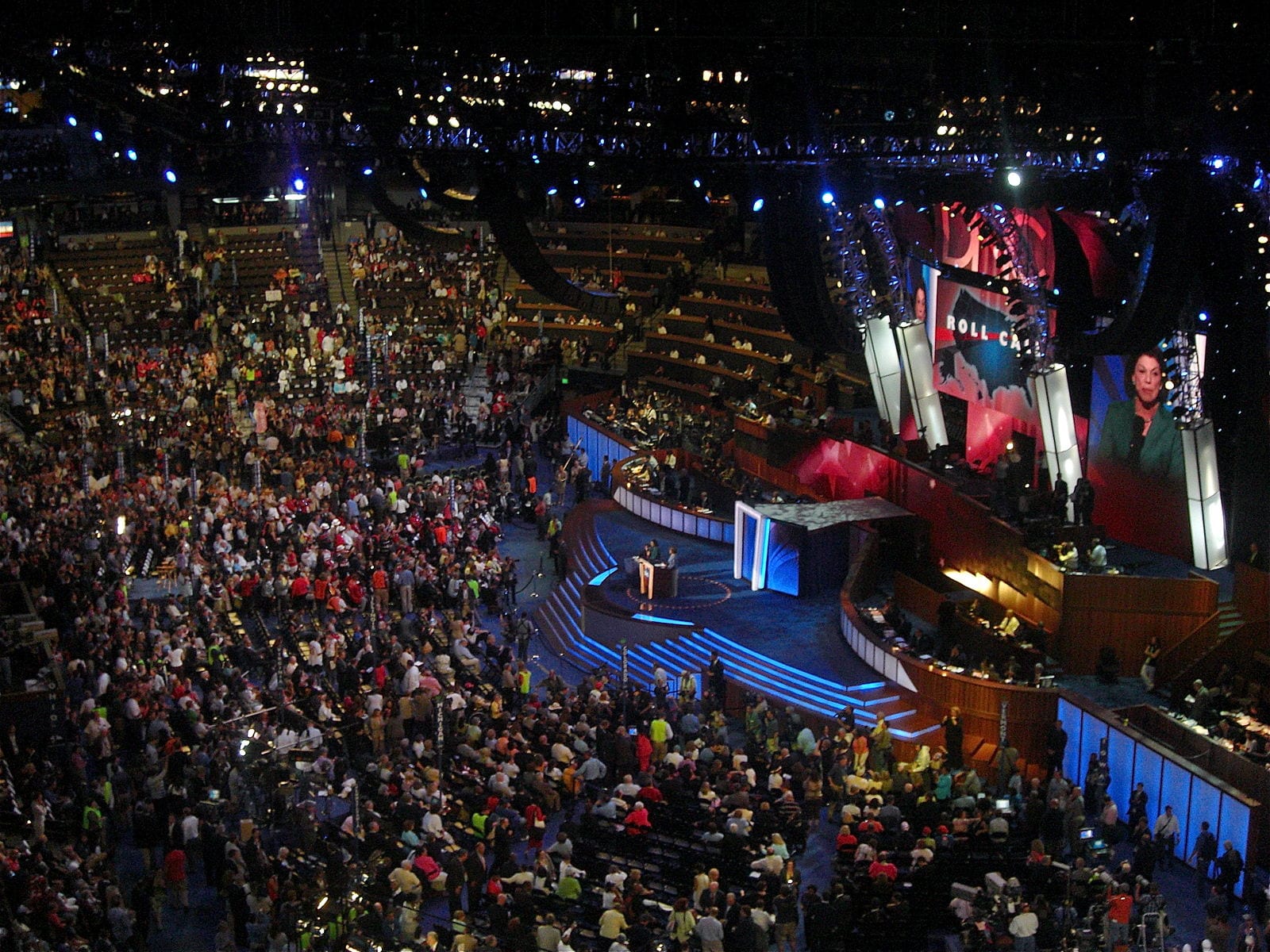
2008 was a big year of coming-out events. Held in the capital of Beijing, the 2008 Olympic Summer Games were widely viewed as China’s dramatic arrival on the world stage. In the United States, the city of Denver had quite a coming-out party of its own. The Democratic National Convention brought a record-setting 84,000 attendees to the Mile High City. Denver beat out 34 other cities that had also bid to host the convention, including Los Angeles, San Francisco, Seattle, and Washington, D.C.
Denver was a well-known city long before the convention, but the worldwide attention helped elevate Colorado’s capital as a thriving international destination. Most of the event was held at the Pepsi Center (now Ball Arena), but many remember watching then-US Senator Obama give his Democratic presidential nomination acceptance speech at Invesco Field (which is now called Empower Field at Mile High) in front of a crowd of 84,000.
To most observers, the 2008 DNC ran smoothly, but issues like the arrest of an ABC News reporter and a temporary prison affectionately dubbed by locals as “Gitmo on the Platte” mired the events in controversy for many. 2008 wasn’t that long ago, but Denver has undergone a remarkable transformation since then marked by steep cost of living increases, an explosion in population, and the legalization of recreational marijuana.
1982 – The Great American Beer Festival is founded in Boulder, Colorado

Colorado was synonymous with craft beer decades before microbreweries started sprouting up across the US in earnest thanks in part to the Great American Beer Festival. The three-day event is one of the largest and most influential of its kind in the world, and it draws an average crowd of 60,000 beer lovers to the Denver Convention Center every fall.
Today, GABF has the power to bring acclaim and hoards of thirsty patrons to previously unknown breweries––it hosted 800 breweries of all sizes in 2019––but it was a much more humble affair when it was founded in 1982.
The first Great American Beer Festival was held in Boulder and represented a modest 22 breweries. It was founded by nuclear engineer, brewer, and author Charlie Papazian. A prominent figure in the home brewing movement, Papazian’s 1984 book The Complete Joy of Homebrewing (affiliate link) helped to establish modern beer culture in the US and made Colorado its epicenter. Papazian also founded National Pie Day, but that’s a whole other story. Thanks to the Great American Beer Festival and Papazian’s efforts, modern beer culture is inextricably linked with Colorado.
These are just fourteen important recent events that influenced the Colorado that we know today. You can also learn about Colorado’s music history and the special moments that shaped the industry. Skim a timeline of events from the state’s founding in 1876 through 1970. History is always in the making!

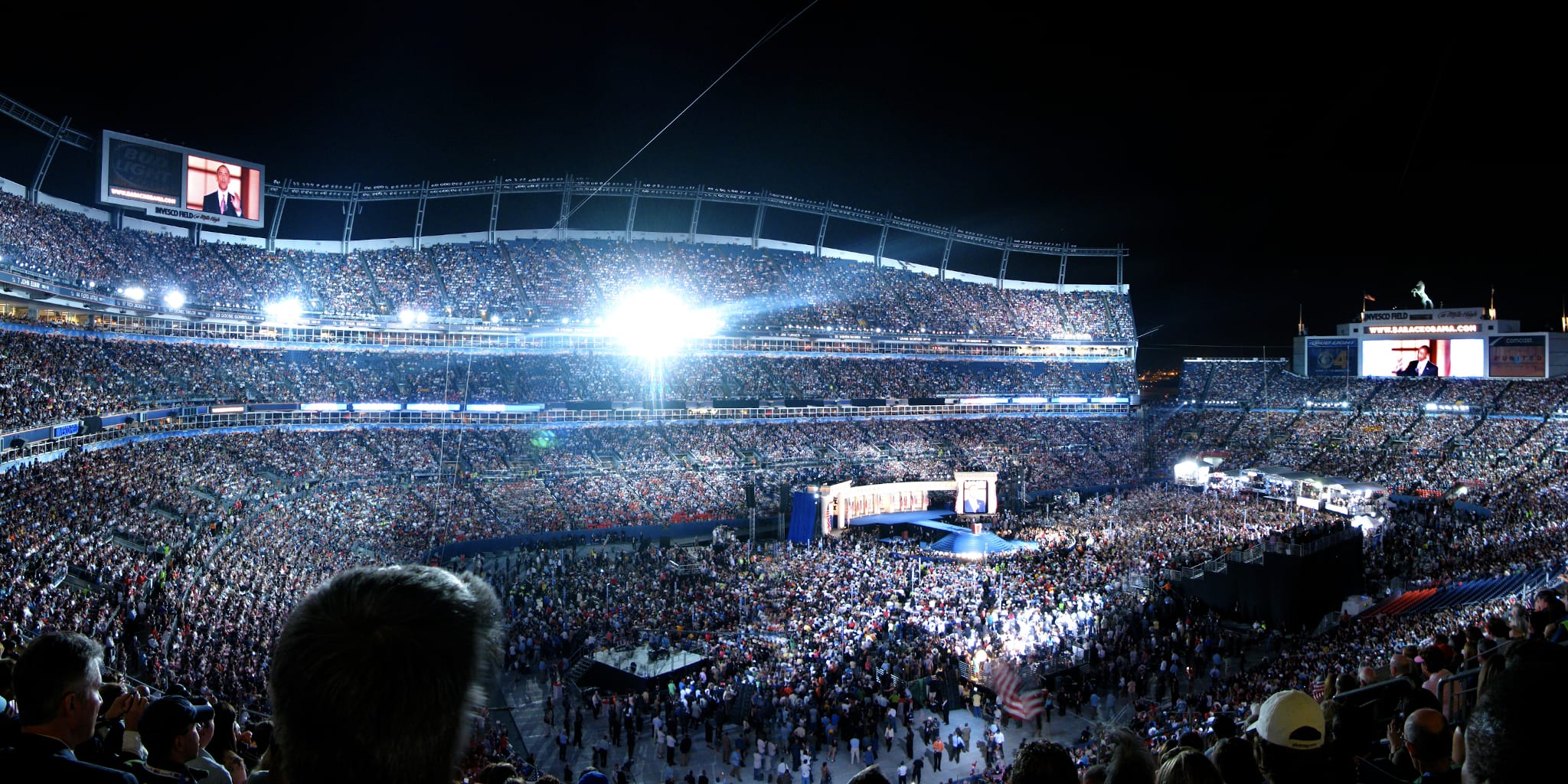
 4 Best B&Bs in Crested Butte, Colorado
4 Best B&Bs in Crested Butte, Colorado